With the start of the new school year comes a whole new world of germs. Classrooms are notorious for being home to millions of bacteria, and it’s best for teacher and students alike if nobody gets sick. Fortunately, with a few basic precautions, you can keep your classroom germ-free.
6 Habits to Stop the Spread of Germs in Your Classroom
Flu virus statistics might not be the influence students need to take germs seriously. Try using these methods to lower the rate of germ spread in your classroom, and teach your students healthy habits to keep themselves from getting sick and having to miss school.
Shop Safe CleanSmart Bleach-Free Products
Encourage students to practice “Dracula sneezes”
When children forget to cover their noses when they sneeze, millions of bacteria spray the surrounding area. However, the convention of using hands to cover the nose and mouth is also problematic, as kids then spread their germs onto everything they touch. At the beginning of the school year, teach good hygiene in the form of “Dracula sneezes.” Children should tuck their noses into the crook of their elbow — just like Dracula with his cape — to sneeze, which more effectively catches the spray.
Promote healthy bathroom practices
Depending on the age of the students, it might be appropriate to have a teacher’s aide accompany them to the bathroom to ensure they stay clean. Teach them to sing a song while washing their hands, using plenty of soap and water, to prevent the spread of disease.
Create a hand sanitizing station
Before students play with blocks or touch community materials, encourage them to use hand sanitizer. A squirt of hand sanitizer is an easy way to keep classroom germs at bay.
Create a clean-up routine
End-of-the-day clean-up does not just mean that you must clean up any used materials and tidy your classroom. Make it part of your daily routine to do a quick wipe-down with disinfecting wipes. Wiping down desks, tables, and other shared spaces can prevent the spread of germs. Also remember to periodically disinfect blocks, toys, games, markers, and other shared materials that could be home to nasty bacteria.
Make it a game
Keeping the classroom clean is everyone’s responsibility, not just the teacher’s. Turn it into a game by designating a small group the “clean up squad.” Once a week, set the clean-up squad to work. They can wipe down doorknobs, clean the pencil sharpener, and scrub the light switches.
Demonstrate the power of germs
Particularly for younger children, the concept of germs can seem too abstract to make them change their behaviors. Show the power of germs using a simple demonstration. Place glitter on one child’s hand, and have him or her shake hands with friends, give high fives, or play with his peers.
Get Germ-Killing Cleaning Supplies for the Classroom
As an educator, purchasing cleaning supplies can be the difference between a happy, healthy winter or a flu-ridden nightmare in your classroom.

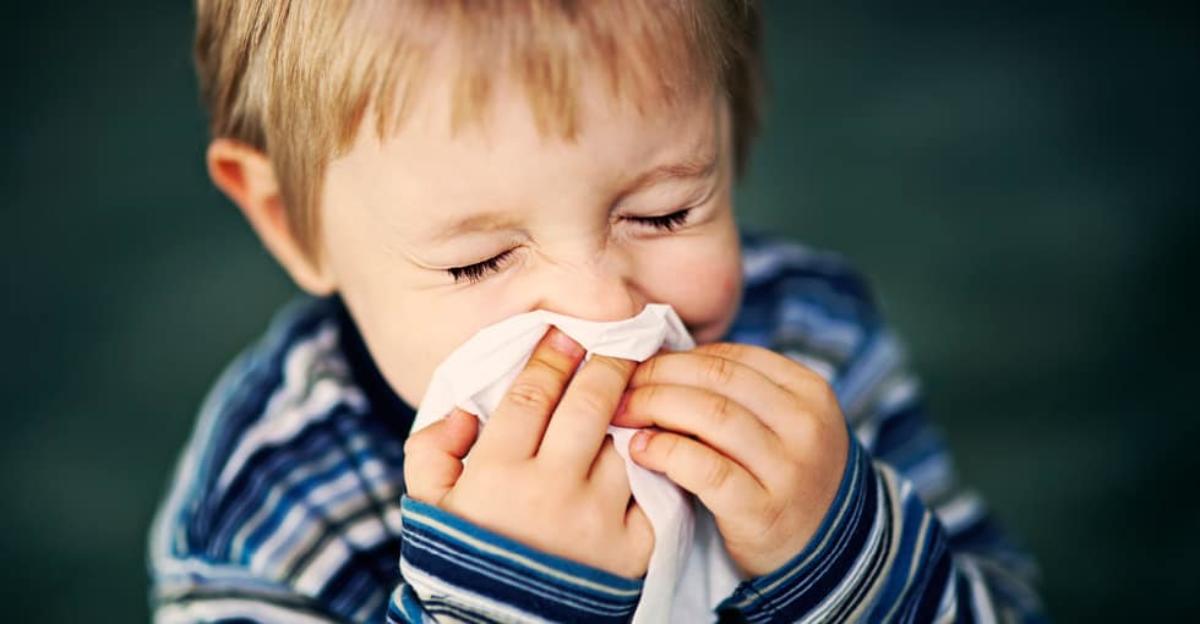
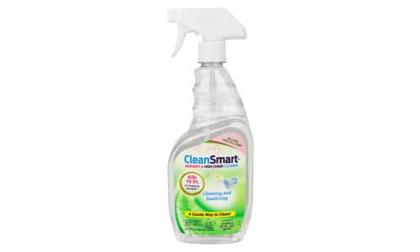
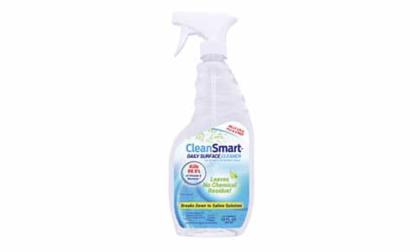
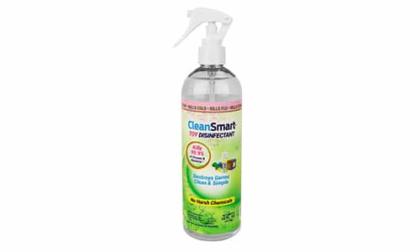
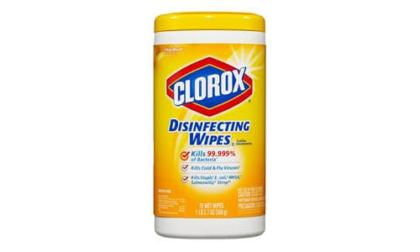
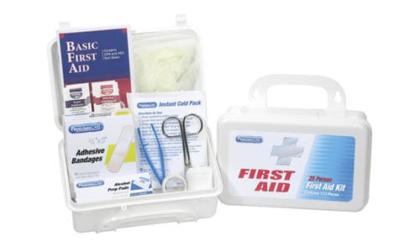
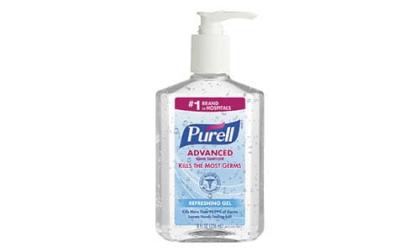




Leave a Reply